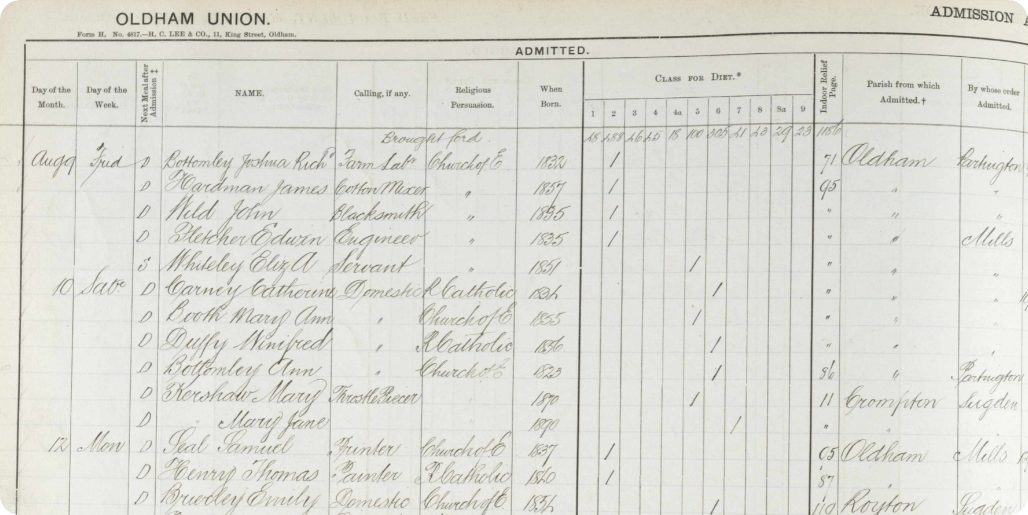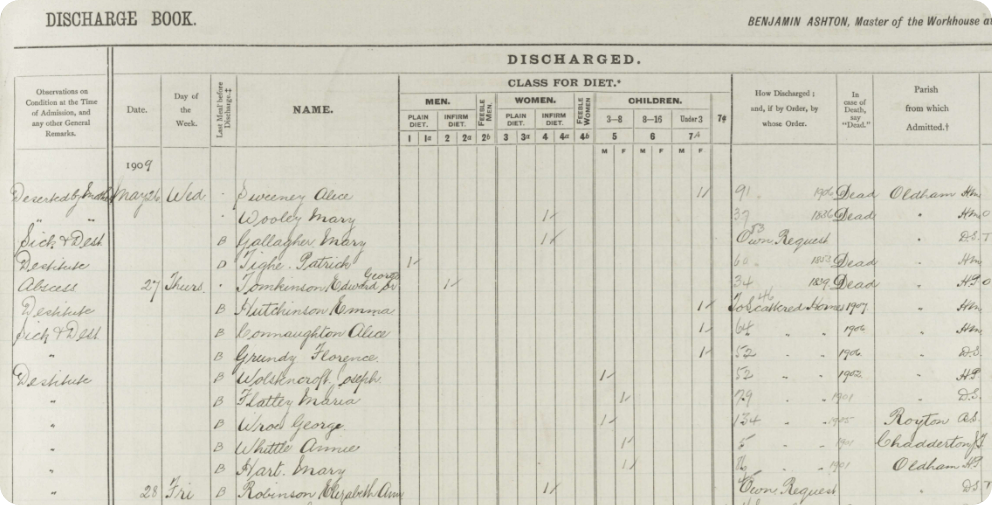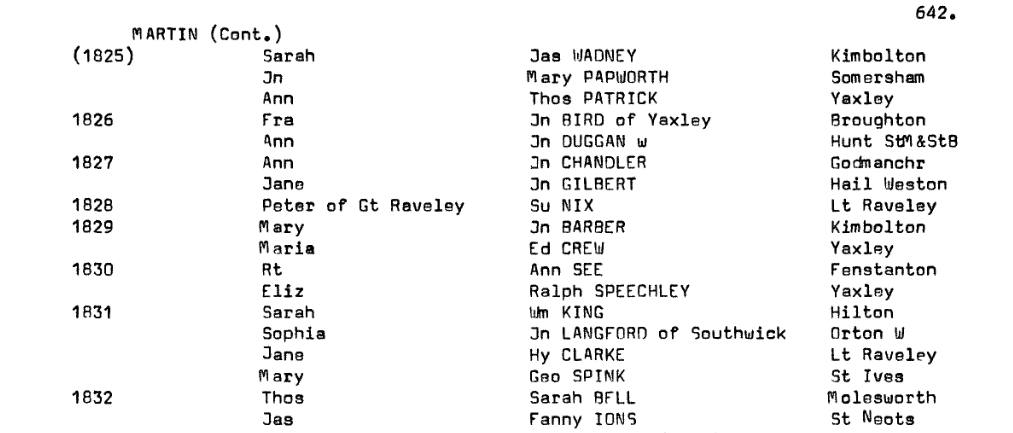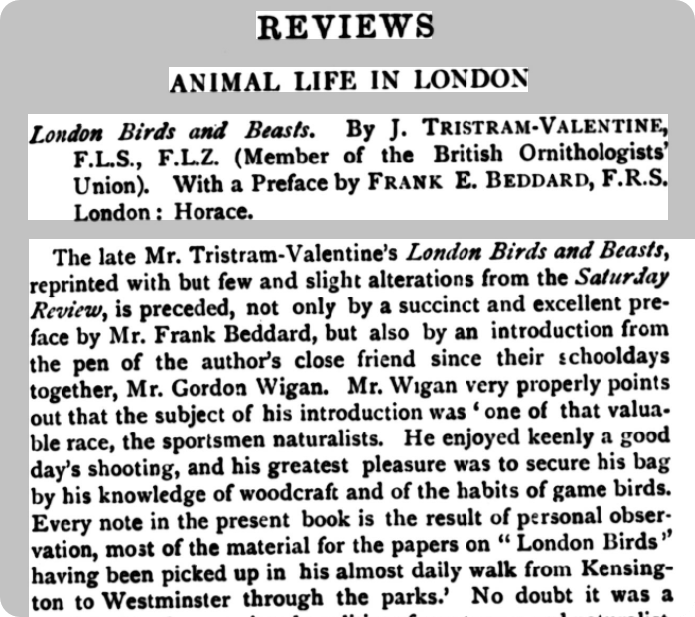Unearth workhouse records amid 200,000 new additions this week
4-5 minute read
By Jessie Ohara | May 13, 2022

Discover two new indexes entirely exclusive to Findmypast.
If that's not enough, explore more than quarter of a million newspaper pages, freshly added to our archive. Here's a rundown of everything that's new.
Lancashire, Oldham Workhouse
This brand new collection sees over 150,000 records from the Oldham Workhouse in Lancashire. These records cover 1867-1917, and include both admissions and discharges.

A snippet from the Oldham workhouse admissions books. View this record here.
Thought to have been built as early as 1731, the workhouse in Oldham could house up to 60 inmates by 1776. However, a Board of Guardians meeting in 1846 decided that though the workhouse should be retained, it needed new accommodation. Construction for the new building began in 1848, on the west side of Rochdale Road. It was completed in 1851, to the cost of £13,305.
In 1866, a Poor Law Board inspector reported that:
""The ventilation of the workhouse is very imperfect... none of the skylights are made to open; they are all firmly closed so as to exclude the air... the waterclosets are so imperfectly constructed that much of the foul air arising from them is drawn into the wards.""
He continues:
""The men sleep together two in a bed, a much objectionable custom... [and] the number of sick and others requiring medical assistance at this time is eighty. Some of these cases, owing to the want of a room, are pieced in the ordinary sleeping wards, occupied by healthy persons in the main building.""
However, the building gradually saw improvements as the century went on - in 1855, a special unit for mentally unwell persons ('lunatics') was built, and in 1877 it had specific sick wards built. 1886 saw the addition of a residential school, which had a capacity of 350, along with a chapel, dormitories, wash houses, a dining hall, and workshops.
By 1894, the British Medical Journal set up an investigation into the conditions of these workhouses, and the report for Oldham Workhouse was favourable. An increase in nursing staff was amongst its few recommendations.

A snippet from the Oldham workhouse discharge books. View this record here.
The transcripts for these records will give you standard biographical information, as well as the admission or event date. However, take a closer look at the original image. You may find details such as notes on the state on arrival (including health conditions and financial situation), whether they were on a regular diet or 'infirm' diet, religious persuasion, or reason for discharge.
Huntingdonshire Marriages 1754-1837 Index
Though this collection was originally released as a browsable collection, we have now transcribed these records and released them as a fully searchable index for the first time ever.

A snippet of the Huntingdon's Marriage Records. View this record here.
These records will give you the full names of both spouses, the year of marriage, and sometimes extra details, such as occupation or whether they were previously widowed.
If you've hit a brick wall when researching the 18th century, then resources like this one are invaluable. Civil registration throughout England and Wales wasn't introduced until 1837, so collections that predate this allow you to take your research further back a generation or two.

An example of surnames being grouped together. View this record here.
It's important to note that these records group different spellings of similar surnames together - for example, the record above lists Abbot, Abbott, Abbit, and Abbet in the same group. Spellings throughout this time period were not necessarily consistent between generations, or even between records themselves. These are also not differentiated in the transcripts - in this case, Ann Abbott will show as Ann Abbot, Abbott, Abbit, Abbet on both the original image and in transcription.
Hold the front page
Would it be a Findmypast Fridays release without a whole host of new social history? We've added another 256,709 brand new pages to our ever-growing newspaper archive, with titles from all across the country.
Some of these more local titles later expanded to become national titles. The National Observer was first published as the Scots Observer in 1888, and positioned itself as a 'record review'. It featured opinion articles on literature, drama and music, both nationally and internationally.

A review of London Birds and Beasts, featured in the National Observer, 1895.
It also featured original works, such as poetry. In 1897 it changed its name again, expanding its remit to become the National Observer and British Review of Politics, Economics, Literature, Science and Art. Eventually, it began publishing in London, though its final editions stuck to their Scottish roots with printing taking place in Edinburgh.
If historical reviews of literature and drama aren't enough to catch your attention, then take a look at the full list of 74 new and updated titles below. To find a publication in our archive, just filter your search by title.
New titles:
- Erdington News, 1950
- Evening Times, 1825, 1825-1826
- Gainsborough Target, 1991-1992
- Lichfield Post, 1992
- Lincoln Target, 1991-1992
- National Observer, 1888-1897
- Northampton Herald & Post, 1990
- Redcar and Saltburn News, 1871-1875, 1892-1903
- South Western Star, 1889-1949
- Stanmore Observer, 1989, 1992
Updated titles:
- Accrington Observer and Times, 1992
- Bebington News, 1989-1990, 1992
- Bedfordshire on Sunday, 1977-1979
- Birmingham Daily Post, 1951
- Birmingham Mail, 1873
- Blyth News, 1909
- British Press, 1823
- Cheltenham Chronicle, 1951
- Coventry Evening Telegraph, 1987
- Daily Record, 1986-1987, 1995
- Derby Daily Telegraph, 1957
- Derby Express, 1996
- East Cleveland Herald & Post, 1992
- East Grinstead Observer, 1978, 1990
- East Kent Gazette, 1990, 1992
- East Kilbride News, 1991
- Englishman, 1810
- Express and Echo, 1877
- Folkestone Express, Sandgate, Shorncliffe & Hythe Advertiser, 1897
- Formby Times, 1988
- Galloway News and Kirkcudbrightshire Advertiser, 1986
- Gloucester News, 1992
- Great Barr Observer, 1992
- Grimsby Daily Telegraph, 1914
- Harlow Star, 1990
- Harrow Informer, 1988
- Heartland Evening News, 1994
- Herald Cymraeg, 1987, 1990
- Hinckley Times, 1991
- Huntingdon Town Crier, 1991
- Irvine Herald, 1992
- Kinematograph Weekly, 1948
- Leek Post & Times and Cheadle News & Times and Moorland Advertiser, 1989
- Liverpool Journal of Commerce, 1895
- Long Eaton Advertiser, 1992
- Middlesbrough Herald & Post, 1990
- Middlesex County Times, 1910
- Midweek Visiter (Southport), 1990
- Nantwich Chronicle, 1995-1996
- North Devon Herald, 1879
- Nottingham Evening Post, 1993, 1995
- Nottingham Recorder, 1981-1983,1990-1991
- Oldham Advertiser, 1990, 1993
- Ormskirk Advertiser, 1885, 1990
- Overland China Mail, 1848-1852, 1895-1896
- Paddington Mercury, 1994
- Peterborough Herald & Post, 1989
- Pontypridd Observer, 1960, 1962, 1986
- Redditch Indicator, 1897, 1911
- Retford, Gainsborough & Worksop Times, 1981
- Romsey Register and General News Gazette, 1874
- Rugeley Mercury, 1991
- Seren Cymru, 1856-1860
- Sheerness Times Guardian, 1898, 1911
- Spalding Guardian, 1885, 1889, 1912
- Stockport County Express, 1965
- Tamworth Herald, 1992, 1996
- Teignmouth Post and Gazette, 1889
- Teviotdale Record and Jedburgh Advertiser, 1880, 1882-1884
- Voice of India, 1883-1884
- Walton & Weybridge Informer, 1989
- Weekly Free Press and Aberdeen Herald, 1876, 1882, 1886
- West Lothian Courier, 1991
- Winsford & Middlewich Guardian, 1911
What did you discover this week? Tag us on social @findmypast to let us know.
Related articles recommended for you

We found war veterans and healthcare workers within Keir Starmer's family tree
Discoveries

How old is Santa Claus?: Santa's family tree goes back further than you might think
Build Your Family Tree

Into the ice: the Antarctic expeditions of Sir Ernest Shackleton
History Hub

